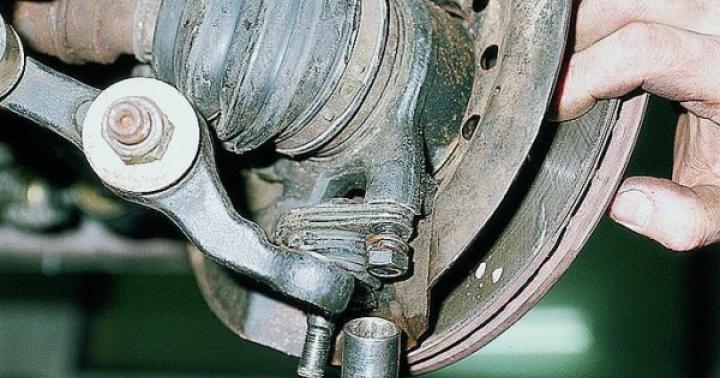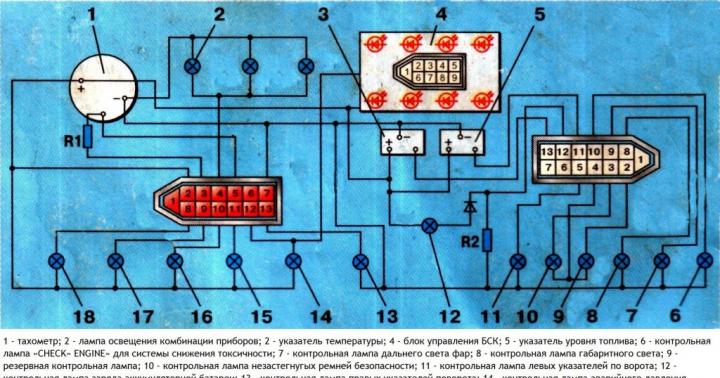The main unit in a car is the engine - this is undeniable. But in second place in importance, you can safely put the carburetor. The main task of this part is to ensure the normal operation of the power unit in a variety of operating modes (during acceleration, at idle, during start-up and braking). It is in the carburetor that the air-fuel mixture is prepared, which is subsequently ignited in the combustion chamber.
A small violation in the adjustment of the device can lead to a number of negative consequences - problems with starting the engine, increased fuel consumption, deterioration in dynamics, reduced power, and so on. In order to prevent such problems, it is important to make the settings and adjustments of the carburetor in a timely manner.
Basic types
At all times, a variety of types of carburetors were installed on VAZ cars - Ozone, Weber, Solex and others. However, some of them are still popular. Generally speaking, carburetors are of type float, bubbler and needle type.
In our article we will pay special attention to the "native" carburetor VAZ-2107 - "Ozone". At the same time, I would immediately like to note that these devices come in different series. For example, DAAZ 2107-1107010 were most often installed on "fives" and "sevens". In turn, the marking of the carburetors on the "sixes" and "triplets" was slightly different - DAAZ 2107-1107010-20 (or a similar type, but with 10 at the end).
Design features
The main parts of the carburetor include the XX shut-off valve, the burned-out fuel assembly outlet, the transition chamber system, the throttle damper, the metering system, the econostat, the float chamber, and the XX autonomous system. Each of these nodes performs its own function. We will not delve deeply into this issue - the already acquired knowledge will be enough for you to configure.
We configure the DAAZ carburetor on the VAZ-2107

Please note that the adjustment process will take some time. You must work slowly and follow the instructions carefully. Please note that the characteristics of your engine and its "gluttony", and hence your further costs, depend on the accuracy of the tuning. The general work algorithm is as follows:
Inspect the part for damage and defects;
Clean and rinse all parts from dirt and debris;
Clean the strainer;
Wash the float chamber;
Clean the air jets;
Adjust the XX carburetor, trigger and float system.
Now let's look at each of the stages in more detail:
- The mesh filter is restored in the following sequence:
Using a gasoline pump, pump fuel into the carburetor chamber until the shut-off valve closes;
Move the filter “cap” to the side and dismantle the valve;
Flush valve in solvent and dry (compressed air source can be used).
Please note that the presence of "dips" when the engine is running, a decrease in power, "dullness" of the car is often associated precisely with the contamination of the filter.
- Clean the float chamber. For these purposes, use a special rubber bulb. Then dry the product. Wiping the bottom of the float chambers with ordinary rags is prohibited. Failure to do so may leave lint at the bottom of the carburetor, which is likely to clog the jets and lead to a number of problems.
- Check the tightness of the shut-off needle. This can be done using a special pear. Make sure the floats are on top and replace the cover. Press down on the pear and listen for air. If there is a leak, the valve body or needle may need to be replaced.

- Adjust the float system. For this:
Check the position of the float. If it is misaligned, then trim it using the special holder;
Make sure the needle valve is closed;
Open the "door" of the camera and move the float. Then slightly pull on the "tongue" of the bracket;
Set the required distance between the float and the "hatch" gasket. The optimal parameter is 6-7 mm. If the measured indicator does not fall into this range, then adjustment is necessary. In case of immersion, the gap should be no more than one to two millimeters. Otherwise, the needle can be rejected;
Measure the actual clearance between the float and the needle. With the valve open, this value should be 15 mm.
The above checks can be carried out without dismantling or dismantling the carburetor.

- Adjust the starting system. To do this job you have to dismantle the air filter, start the car and pull the suction out to about a third. Your task is to achieve 3,200-3,600 rpm. As soon as this parameter is set, release the air damper and set the rotation to about 300 turns less.
- Adjust idle speed. Tighten the quality screw completely and then make 2-3 turns to the side in a clockwise direction. Check that the quantity screw is not completely tightened. Next, warm up the engine to operating temperature (the suction must be open). As soon as the engine has warmed up, remove the choke and listen to the work of the power unit. If the motor starts to stall, then slightly loosen the amount screw. If the revolutions are too high, then, on the contrary, screw the screw back a little.
Your task is to set 900 rpm. With the rotation of the quality screw, achieve the minimum speed with stable operation (in this case, the speed may increase). After that, use the number screw to return to the parameter 900 rpm. If necessary, use the quality regulator again.
Output
That's all. If you did everything correctly, then your engine will run smoothly, consume a minimum of fuel and quickly respond to pressing the gas pedal. Believe me, this work is not as difficult as it might seem at first glance. A little free time, attention and you will succeed. Good luck.

